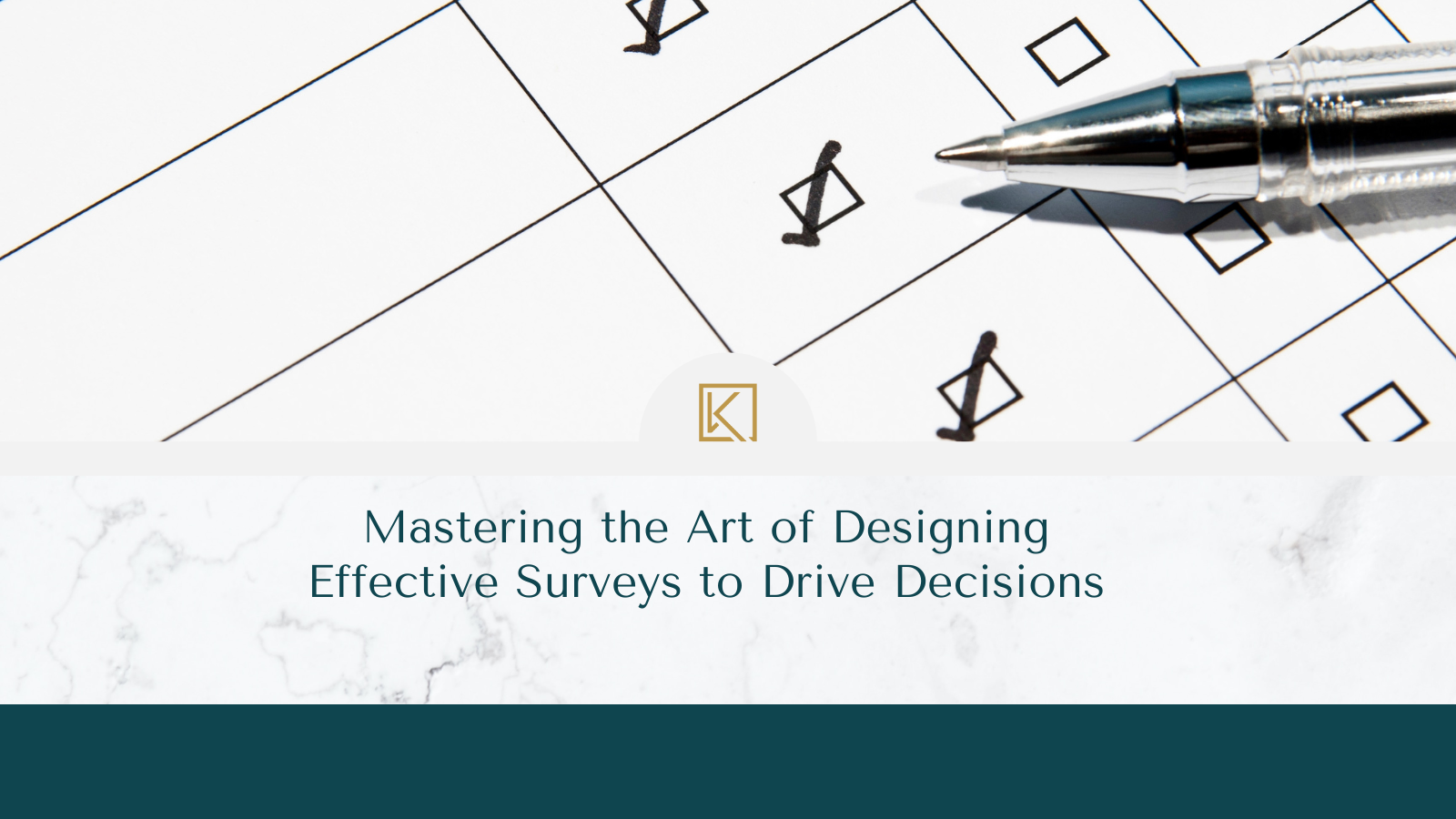Mastering the Art of Designing Effective Surveys to Drive Decisions

Surveys are incredibly effective tools for collecting feedback and driving change within organizations. However, their success hinges on a thoughtful design that aligns with our goals and engages participants effectively. This week, we’re taking a closer look at some essential tips and strategies for creating surveys that enable us to make well-informed decisions and promote ongoing improvement. Let’s explore how we can unleash their power.
Starting with Clarity and Purpose
What’s the first step to creating a great survey? Always keep your end goal in sight. Before you start, be crystal clear about what you want to achieve with your data. Craft questions that are laser-focused on these goals and leave out the fluff. This approach helps you avoid adding certain types of questions just because they’ve always been there. Stick to this, and you’ll have a survey that leads to actionable insights you can use.
Embracing Collaboration and Engagement
If you want to create surveys that really hit the mark, focus on teamwork. When you loop in individuals who have a stake in your survey, especially those who’ll be answering the questions, you’re setting yourself up for success. Imagine chatting with people who’ve just finished a training session and asking for their two cents on your questions. That’s a surefire way to get some golden nuggets of insight. Plus, this team spirit doesn’t just spice up your survey; it gets everyone excited to take part and can lead to a much higher response rate. Keep it collaborative and watch the magic happen.
Prioritizing Continuous Improvement
When used correctly, surveys can be helpful signposts on our journey to improvement. They highlight the need for ongoing evaluation and regular feedback. By conducting surveys and incorporating additional feedback methods, we create a flexible process that evolves alongside our needs. Sharing insights from surveys and explaining our next steps can boost trust and encourage everyone to engage with our efforts to improve.
Exploring Innovative Tools and Approaches
Traditional surveys are still useful, but new methods can enhance the process of gathering and analyzing data. Technologies like AI for generating ideas or instant polls for in-the-moment feedback give us fresh ways to collect insights quickly. Yet, we still need people to make sense of the results and decide what to do next. Survey tools help, but they don’t take over the job humans do.
Looking Ahead to the Summit
The upcoming Kirkpatrick Summit promises a deeper exploration of effective survey design. Whether you’re a seasoned professional or new to the field, the Summit offers invaluable insights into optimizing survey practices. Don’t miss this opportunity to refine your survey design skills and unlock new possibilities for organizational improvement. Find out more here.
Remember, surveys are more than just forms to fill out; they’re powerful tools for driving positive change. By following the principles we’ve explored – starting with clear objectives, involving stakeholders, prioritizing continuous improvement, and embracing innovative approaches – you’ll be well-equipped to craft surveys that spark meaningful insights and propel your organization forward. So, let’s put these strategies into action and unleash the full potential of surveys to create a brighter future for all.
Ready to learn more? Check out the latest episode of The Kirkpatrick Podcast as Vanessa Alzate and Jim Kirkpatrick welcome Dr. Anna Lissitz to share valuable insights for designing impactful surveys and driving continuous improvement in educational settings.
Listen or watch the latest episode here:
Don’t forget, the true magic happens when we modernize our training methods and see concrete results. Cultivating an environment of trust, active participation, and continuous enhancement increases the likelihood of our training programs’ success.
Interested in mastering the Kirkpatrick Model? Dive into the Kirkpatrick Evaluation Toolkit, your comprehensive resource for streamlined and impactful evaluation. Learn more here!





